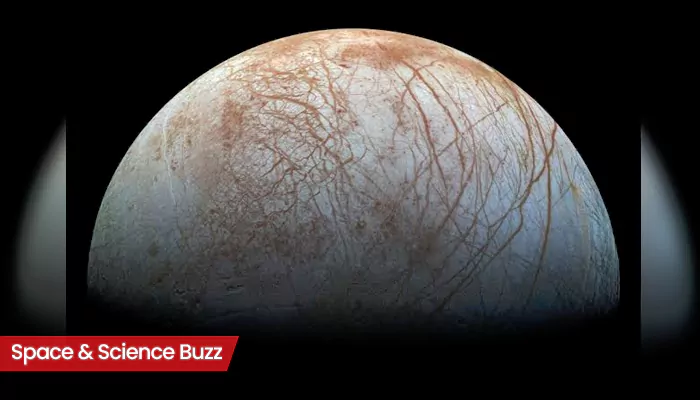Trishna: How India's Revolutionary Satellite Mission with French Space Agency Can Combat Climate Change
- Admin
- 1 year ago
- 3 minutes read

Trishna is an ambitious new satellite mission with the promise of mitigating climate change. The Indian Space Research Organisation (ISRO) and French Space Agency (CNES) are collaborating on this project, contributing to the global efforts in monitoring and alleviating climate change.
Trishna is an abbreviation for ‘Thermal Infrared Imagine Satellite for High-resolution Natural Resource Assessment', and it is designed to develop and deliver high spatial and temporal resolution photographs of Earth's surface temperature, water cycle dynamics and vegetation health.
Planned for a 2025 launch, Trishna will be a breakthrough mission in utilising space-based Thermal Infrared imaging to evaluate the effects of climate change, and shoulder sustainable management of valuable natural resources like water.
Trishna, which weighs 770 kg, will function from a sun-synchronous orbit at an altitude of 761 km. Although ISRO has released these details, it hasn't given any information on the mission timeline.
Trishna has three primary objectives:
- Monitor energy and water budgets of the continental biosphere
- Assess terrestrial water stress and use efficiency.
- High resolution photographs of coastal and inland water quality dynamics.
Unprecedented Capabilities
Trishna's uniqueness reflects in its distinct combination of high spatial resolution (57m for land/coastal, 1km for ocean/polar) and frequent revisit time of just 2-3 days.
A groundbreaking mission, Trishna will monitor vital climate variables like soil moisture, vegetation health indicators, surface temperatures, and evapotranspiration rates.
Weighing 770 kg, Trishna will function from a sun-synchronous orbit at an altitude of 761 km while carrying two cutting-edge imaging payloads. To chart surface temperatures and transmissivity across four thermal bands, CNES has developed the Thermal Infrared (TIR) instrument. ISRO's Visible-Shortwave Infrared (VSWIR) sensor will enhance the mission by providing data across seven spectral bands to monitor vegetation.
Tackling Climate Challenges
Some of the biggest climate challenges that humanity is facing can be tackled with the help of the high-quality data from Trishna. In the agricultural sector, it will help in enhancing crop productivity, and enabling sustainable water management practices.
Pollution in rivers, lakes, and coastal areas can be monitored by water resource managers, while urban planners will benefit from the detailed urban heat island mapping provided by Trishna. Sectors like disaster management will also be positively impacted by this mission as it will help in detecting forest fires and volcanic activity.
Urban planners will benefit from detailed urban heat island mapping, while water resource managers can monitor pollution in rivers, lakes and coastal areas. The mission will also support sectors like disaster management by detecting forest fires and volcanic activity.
Trishna's data on vital climate variables—such as evapotranspiration, snow and glacier dynamics, and permafrost changes—will enhance climate models and aid global mitigation efforts aligned with the UN's Sustainable Development Goals.




.WEBP)







